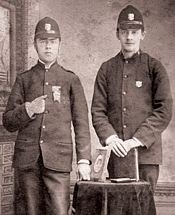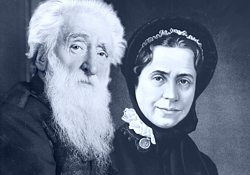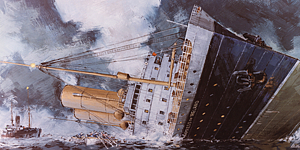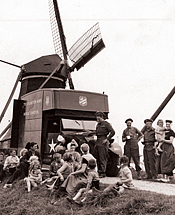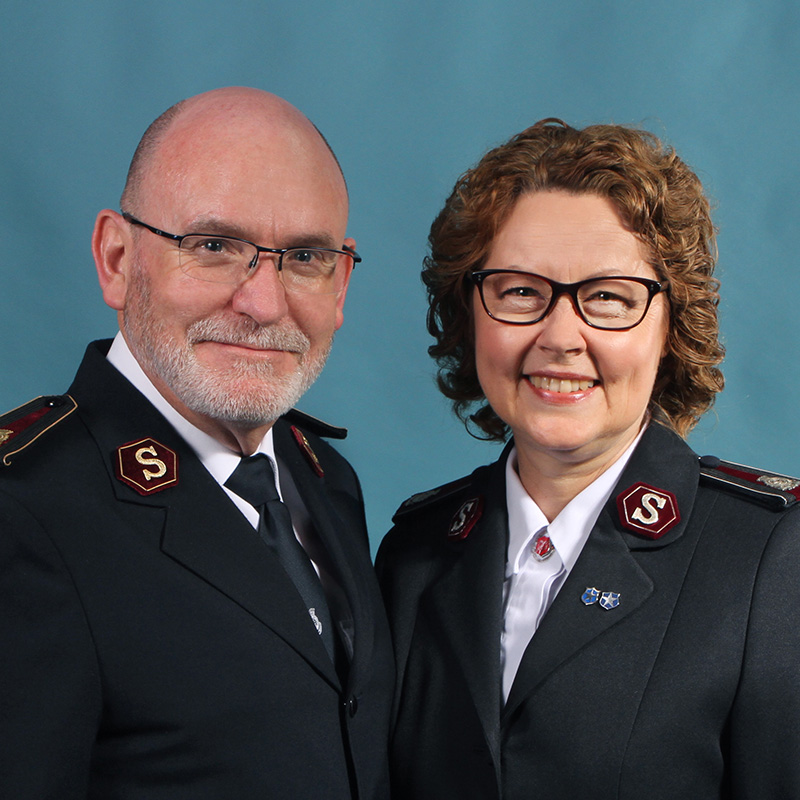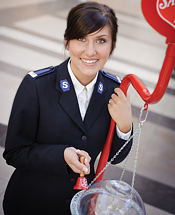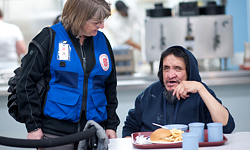From the beginning, the Army in Canada adopted founder William Booth’s philosophy that there is little point preaching ‘salvation’ to hungry people. And so the concept of ‘soup, soap and salvation’ took hold, later to be developed into the comprehensive social service programs The Salvation Army operates today, many of them in partnership with government.
When the Army came to Canada, there was much opposition to its methods from civic politicians and other entrenched interests in the early days, and Salvationists were often beaten and jailed for their activities in the streets of Canada’s cities and towns. Despite this, there was eventual acceptance of the movement as it demonstrated the social benefits that accrued from its activities.
The men’s social work began in 1890 with a Prison Gate Home in Toronto. The same year a children’s shelter was opened. The first maternity home was opened in Saint John, NB, in 1898, precursor to The Salvation Army Grace Hospitals. In 1901 The Salvation Army recommended to the federal government that a prisoner probation system be adopted, leading to Canada’s first parole program. In 1908 salvage work (now called ‘recycling’) began in Toronto, leading to the well-known Thrift Stores. In 1911 the first juvenile detention centre was established in Manitoba and turned over to the Army to operate. That same year a farm colony was established in Coombs, BC.

